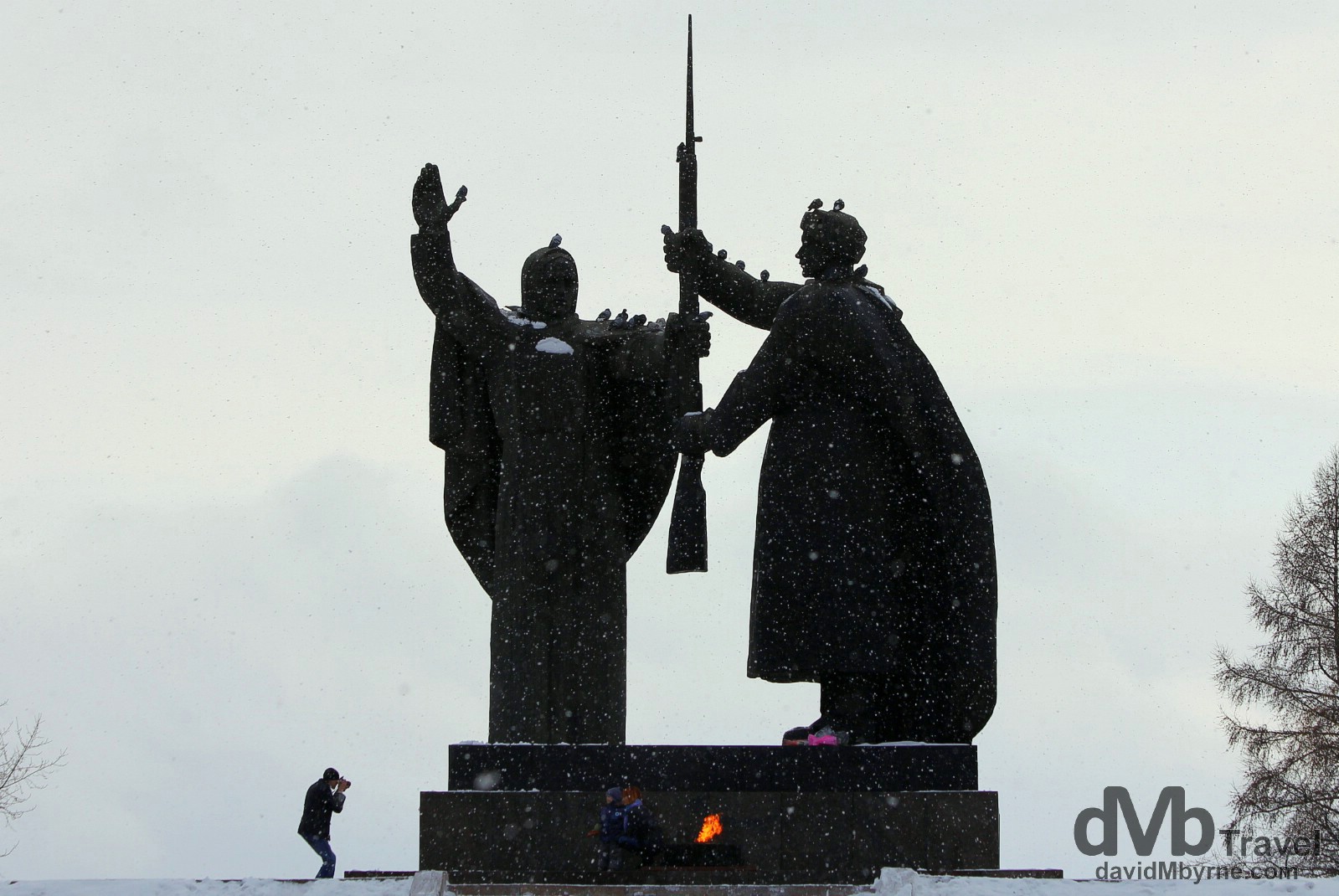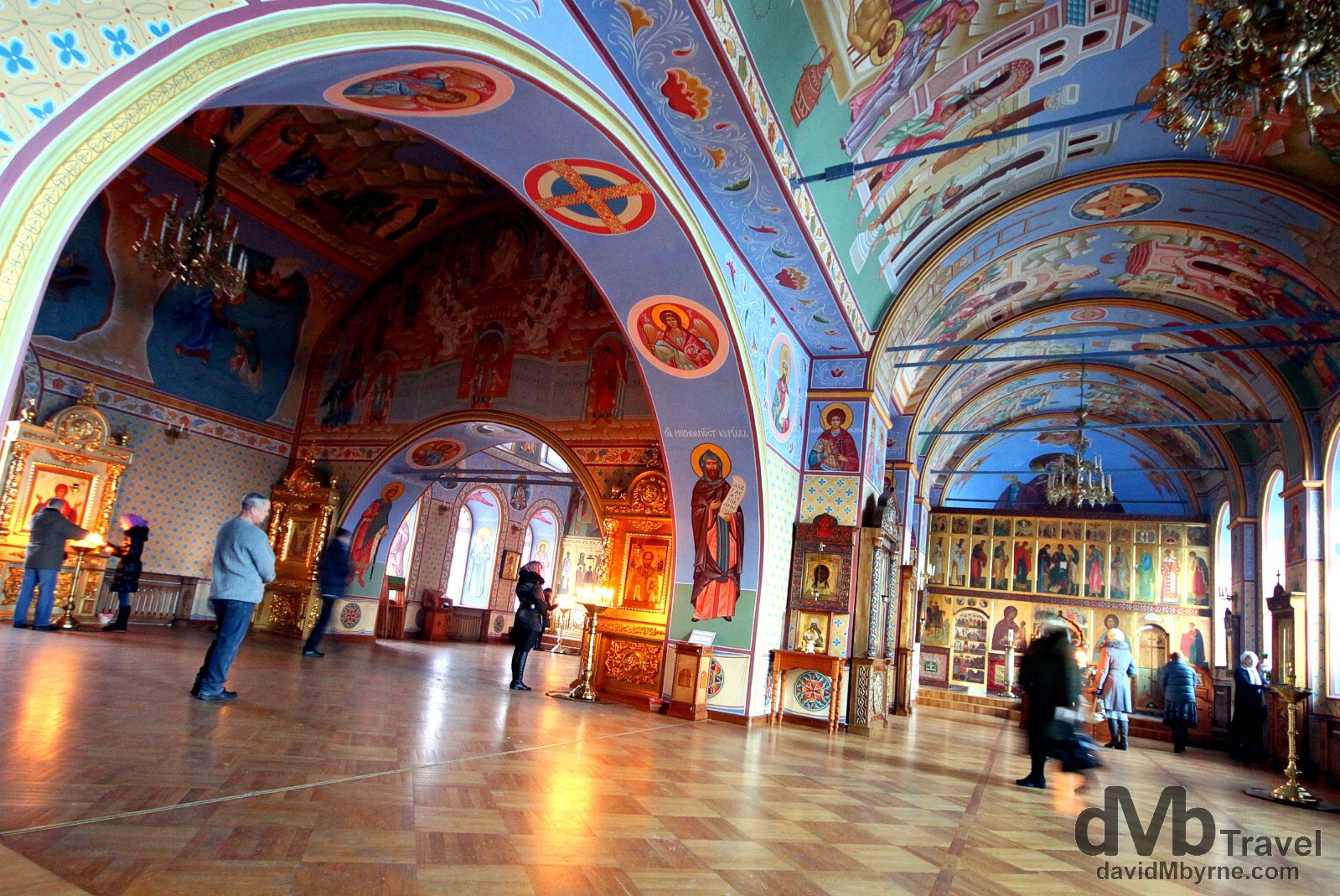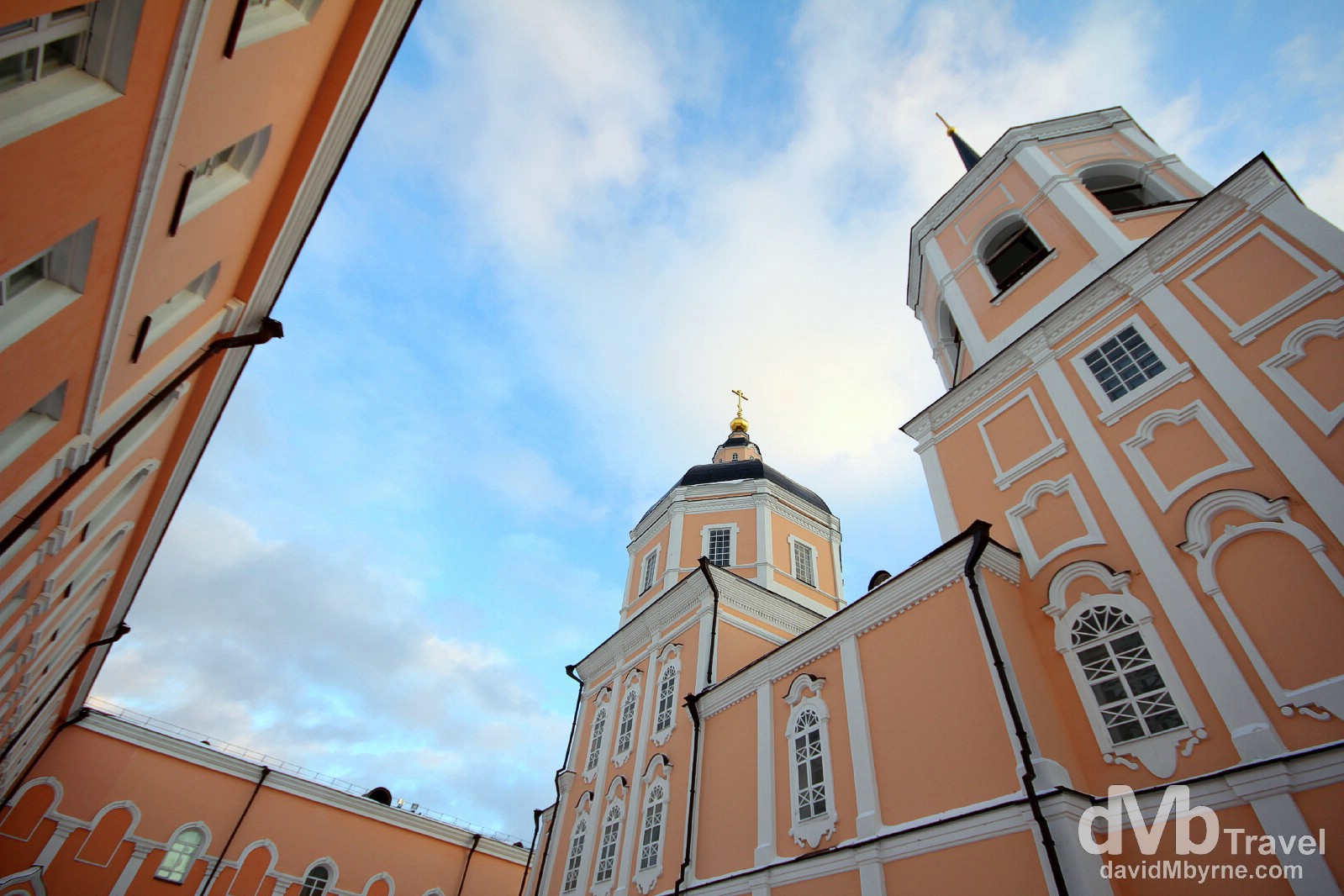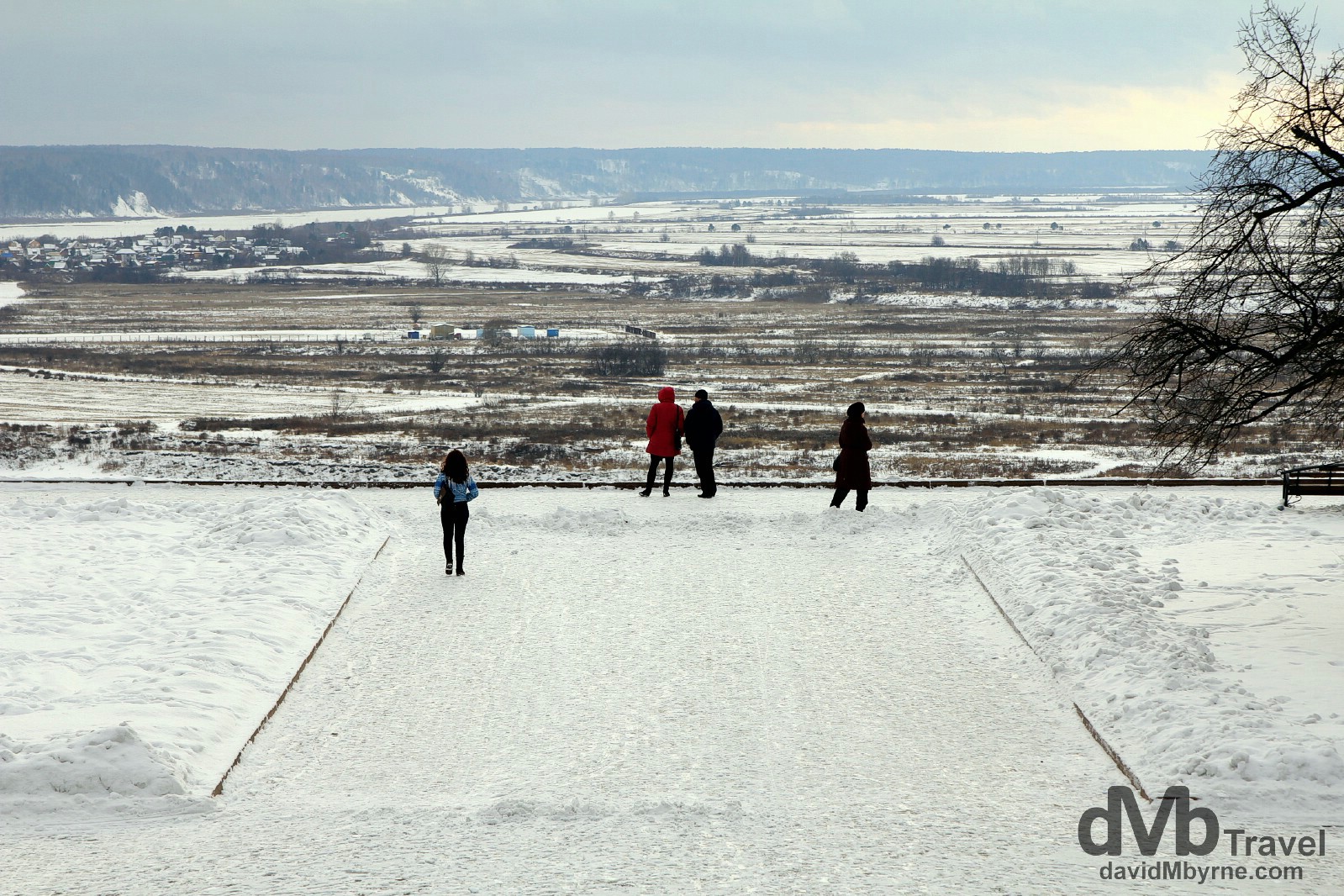November 10, 2012, was one of those memorably forgettable travel days. Coming off a 28-hour train trip, I found Tomsk not to be the most welcoming of places to be at 2:00 a.m. One of many closed Siberian cities during the Cold War years, Tomsk felt very closed to me upon arrival when no hostel or hotel – even the expensive ones – seemed to want my custom; they were either full, no longer in the accommodation business or flat-out refused to open their door. It was rather testing. With the assistance of some very friendly and helpful locals (who says Russians aren’t such?) I eventually found a place to call home for what was left the night (not a lot). But even then the 8th Floor Hostel needed me gone early this morning, but not before assisting me getting a bed for tonight in the Hostel Taiga. Two nights and two different accommodations in Tomsk.
– Robert Kaiser, Russia: The People and the Power (1984)
But that was then & this is now & what a difference 24 hours can make in a Siberian city. This Siberian city. Tomsk is the capital city of Tomsk Oblast, a university town (1 in every 6 of the city’s 500,000 inhabitants is said to be a student) that was founded in 1604 as a military outpost against nomadic peoples. That makes Tomsk one of the oldest cities in Siberia, a true Siberian gem that is noted for its wooden architecture. A former place of exile & one of many closed Siberian cities during the Cold War, the city was once an important administrative & commercial centre but its importance declined when its forefathers made the ill-fated decision not to welcome the Trans-Siberian railway at the time of its construction – Tomsk lies just under 90 kilometres north off the main Trans-Siberian line, necessitating a connection from the Trans-Siberian town of Taiga. Having made the effort to get here, and after the trials & tribulations of finding a bed (2 beds even), I’m glad to report that Tomsk didn’t disappoint. It’s an awesome place to explore, something I did for most of a snowy day today.

Falling snow & photography at the World War II Memorial in Lagerny Gardens, Tomsk. You’re never too far from a World War II Memorial in Russia, the country that lost more people – a lot more people – in the The Great Patriotic War, as the Russians call WW II, than any other nation – estimates put the combined civilian & military deaths at a number exceeding 24 million, about 14% of the total Soviet Union population at the time (by comparison the combined losses of the U.S.A & U.K. totalled less than 1 million). The Tomsk memorial is very striking, set as it is in a gorgeous park of beech trees overlooking the city’s Tom River. When I visited it was snowing, as it has been seemingly since I arrived in Russia. It – the snow – made the place all that more special. World War II Memorial in Lagerny Gardens, Tomsk, Russia. November 11th 2012

I’ve visited countless cathedrals &/or churches in Russia already (I challenge anyone to visit Russia and not do so) but this one, the Epiphany Cathedral in Tomsk, was a little special. I’m not sure if photography was allowed in here or not (the ‘No Photo’ signs I’d seen in every other place of worship until now were missing) but I took a few discrete captures regardless (the above image was unframed & shot from the hip). Russian Orthodox (derived from the Byzantine Church and adhering to Byzantine rites) churches follow the same formula internally – large arched/vaulted spaces with no seating & with walls covered or brightly painted with iconostasis, icons and religious paintings separating the nave from the sanctuary in a church. The Epiphany Cathedral, Tomsk, Russia. November 11th 2012

The exterior of The Epiphany Cathedral, Tomsk, Siberian Russia. November 11th 2012.
Moving On
Tomorrow I embark on yet another extended train trip, a 48+ hour journey in a Russian 3rd class train carriage that’ll take me further west out of Siberia & into Europe & ultimately to the city of Nizhny Novgorod, itself only some 7 hours shy of Moscow. I’ll be eating up a lot of ground (3,200 kilometres approximately) & crossing 2 more time zones. Here’s hoping when I arrive in Gorky, as Nizhny Novgorod is commonly known, that it’s a tad more welcoming than Tomsk was. And here’s hoping it’s just as awesome too.
______________________________________________________

